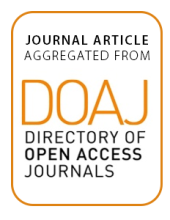Land Library Search
Through our robust search engine, you can search for any item of the over 73,000 highly curated resources in the Land Library.
If you would like to find an overview of what is possible, feel free to peruse the Search Guide.
/ library resources
Showing items 1 through 6 of 6.This paper proposes that, different though they are, the processes of urban development in China and the UK can be analytically compared by looking at the commonly occurring opposition and resistance to that development.
The formation of ‘Urban Networks’ has become a wide-spread phenomenon around the world. In the study of metropolitan regions, there are competing or diverging views about management and control of environmental and land-use factors as well as about scales and arrangements of settlements.
As a result of the growing impacts on global environments, it has become important for land use planners to extract, detect, monitor and predict land use/cover changes (LUCCs).
Metropolitan areas are concentrated and dense areas filled settlements and include a central urban region with its surrounding residences.
This paper describes various possibilities of the cities of futures considering various constraints and demand of society, environment and geography. The need for future cities arises because of the rapid growth in population and thereby causing a decline in the living standards.
A large number of cities around the world today owe their land use growth to the rapid development of industrial areas. The spatial structure of industrial distribution in cities shape urban spatial morphology linking with land use, transportation, economic activities, and housing.

